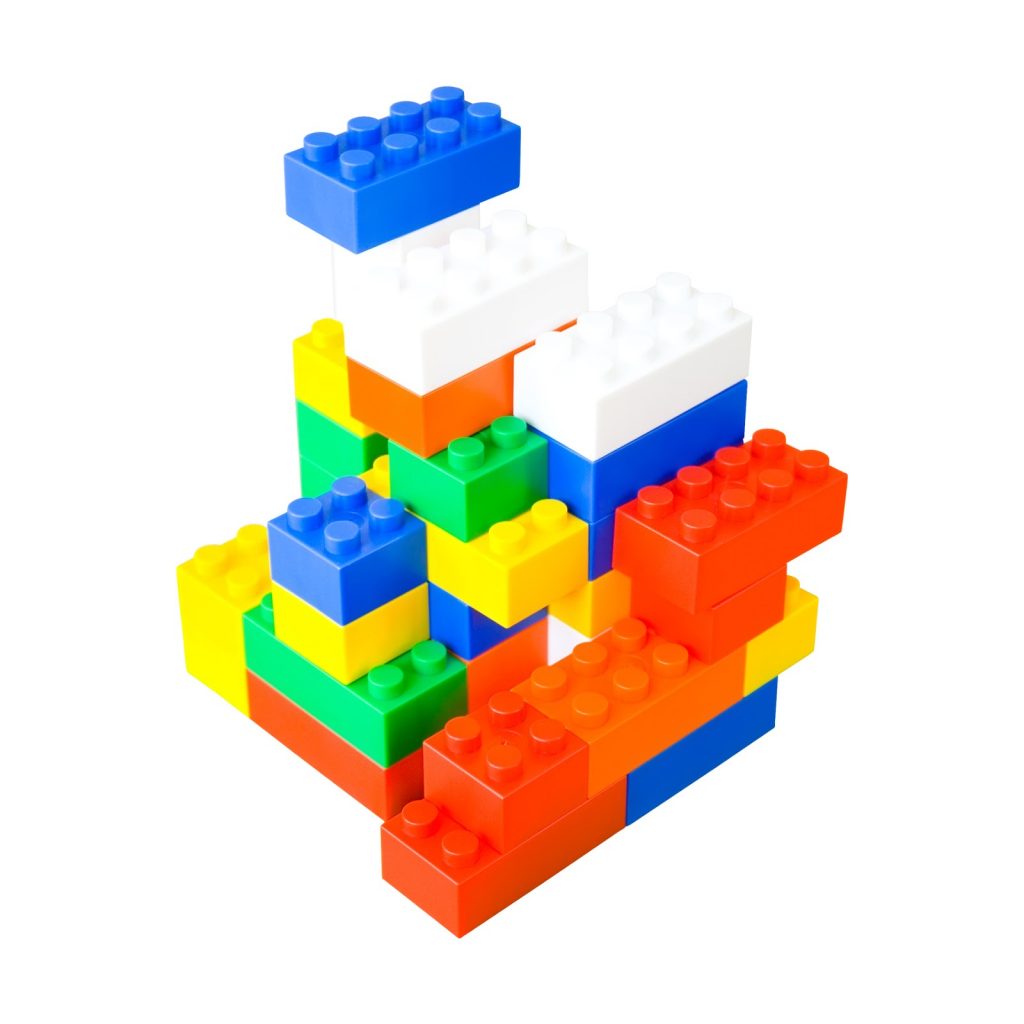Words and their Concepts
 In order for
In order forstudents to effectively learn vocabulary, it is essential that they learn the relationship
between spoken/printed words and the concepts that the words represent. According to Smith (1995), concepts are like the building
blocks—the basic units of belief and thought.
Words are simply the labels
that are attached to these beliefs and thoughts. Whenever a person has a frame of reference
(also known as background knowledge) for these concepts, the underlying meaning
is understood, so the word is often remembered. For people who do not have
language disorders, these words will be easily stored and retrieved. The depth of understanding of the new concept
continues to grow as the person learns more about the concept by reading about
it and/or experiencing it personally.
The understanding of the concept is fine-tuned, and oftentimes, words
can be added to convey these slight nuances.
Shane Templeton and John Pikulski of Houghton Miffilin, vocabulary knowledge can grow in four ways:
vocabulary word—a student might learn
that “cat” as a pet actually can apply to large, wild cats, such as lions
understanding of “sad.” Or, prosperous, with the idea of having a
lot of money
(pushing back against an object), but also resisting temptation (emotionally
pushing)
concept, and at the same time, being introduced to a novel word, such as metamorphosis
new words will depend on which of the above processes is occurring for the

student. It is easiest–for most
students–to learn a new word that
can be linked to a known concept. Many times, a simple explanation is enough for the
new word to be learned. It is hardest to develop a concept and a label for the concept—the student must develop what is known
as a “schema,” then link the novel word to this new schema. Therefore, more time will be spent on this
process. Because we want students to
understand words in a deep, broad way (Gaves, 1994,) we need to provide them
with scaffolding so that novel words can be linked with known words and
concepts as frequently as possible.
Words and concepts are inextricably linked. Depending on the role these
new words play, teachers must expend different levels of instruction in order
to teach them effectively.

